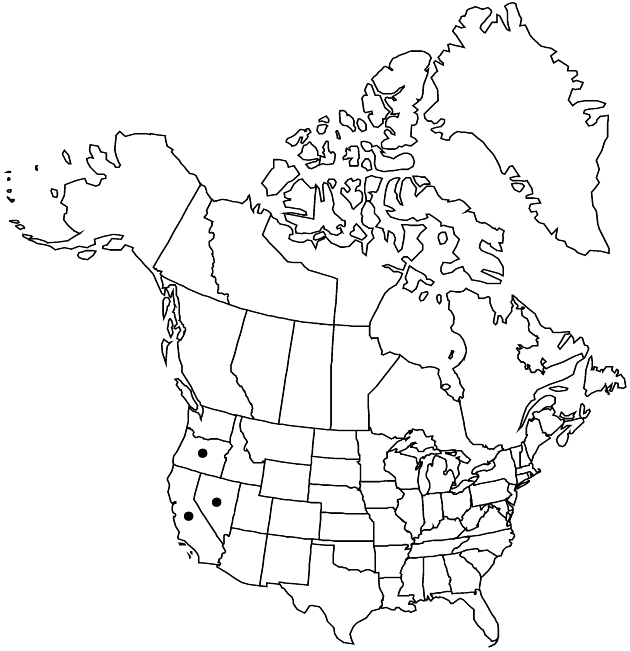Difference between revisions of "Pyrrocoma lanceolata var. subviscosa"
Phytologia 73: 58. 1992.
Endemic
Basionym: Pyrrocoma subviscosa Greene Proc. Acad. Nat. Sci. Philadelphia 47: 549. 1896
Synonyms: Haplopappus subviscosus (Greene) S. F. Blake
imported>Volume Importer |
imported>Volume Importer |
||
| Line 60: | Line 60: | ||
|publication year=1992 | |publication year=1992 | ||
|special status=Endemic | |special status=Endemic | ||
| − | |source xml=https:// | + | |source xml=https://bitbucket.org/aafc-mbb/fna-data-curation/src/2e0870ddd59836b60bcf96646a41e87ea5a5943a/coarse_grained_fna_xml/V19-20-21/V20_966.xml |
|tribe=Asteraceae tribe Astereae | |tribe=Asteraceae tribe Astereae | ||
|genus=Pyrrocoma | |genus=Pyrrocoma | ||
Latest revision as of 20:07, 5 November 2020
Plants 20–40 cm. Stems erect, ascending or decumbent, tomentulose, densely stipitate-glandular, especially peduncles. Leaves: basal blades 80–200 × 8–30 mm, faces tomentulose to glabrate, stipitate-glandular. Heads (1–)3–7 in paniculiform arrays. Peduncles 2–5 cm. Involucres 7–9 × 10–15 mm. 2n = 12.
Phenology: Flowering Jul–Aug.
Habitat: Dry slopes, grassy alkaline meadows
Elevation: 1500–2000 m
Distribution

Calif., Nev., Oreg.
Discussion
Variety subviscosa geographically overlaps with var. lanceolata; it occurs at somewhat higher elevations. It is distinguished mostly by its stipitate glands.
Selected References
None.
Lower Taxa
None.